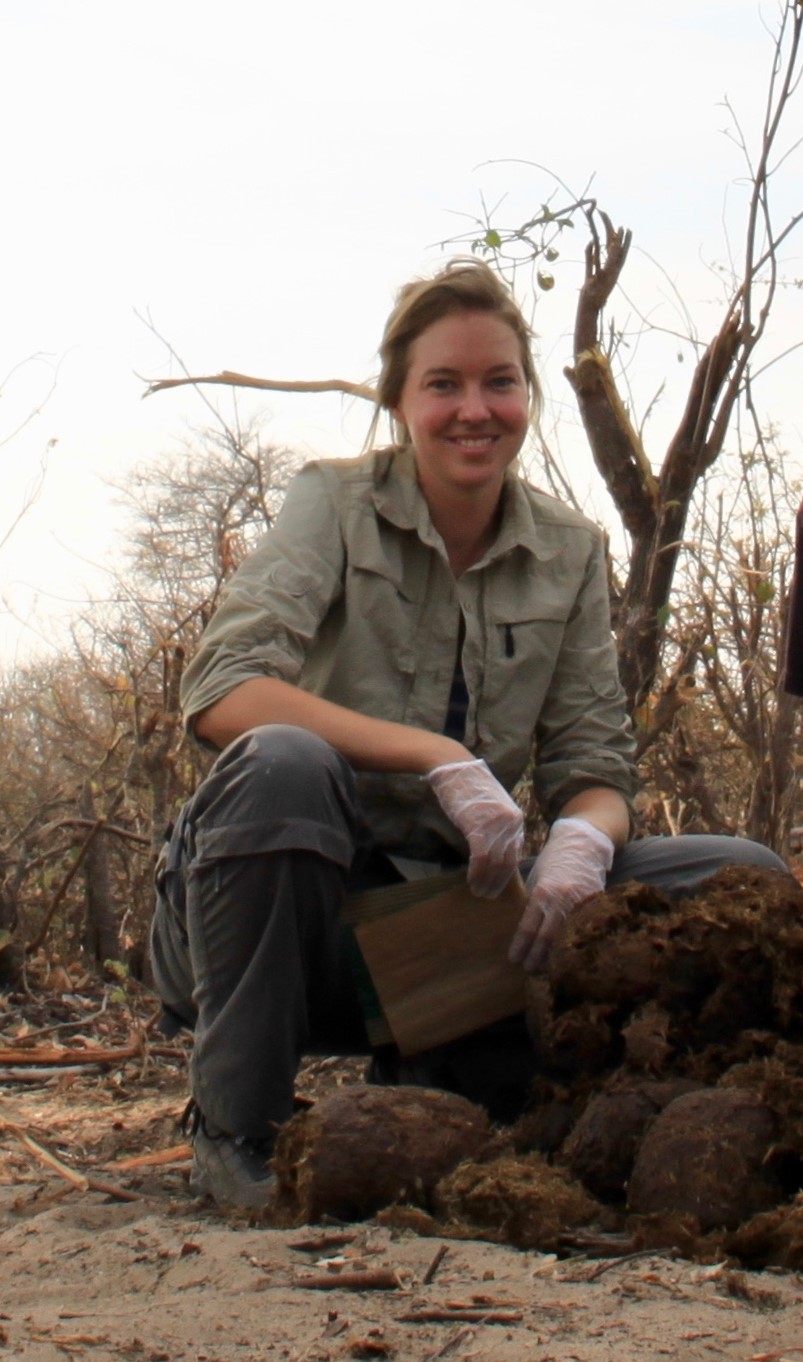Impact of social acceptance on elephant and rhino habitat suitability
Both anthropogenic and ecological factors determine the suitability of an area for elephants (Dublin and Niskanen, 2003) and rhinos (Emslie, Amin and Kock, 2009). For example, across the African continent, the presence of elephants is influenced strongly by ecological factors such as vegetation quality, while the density of the animals is more influenced by factors such as literacy and GDP (De Boer et al., 2013). One anthropogenic factor that could be important in determining habitat suitability for wildlife is the social acceptance of the species by stakeholders that co-exist with the animal (Behr, Ozgul and Cozzi, 2017). The attitude of people towards wildlife can influence their behaviour towards the animals, and therefore the conservation success (St John et al., 2010). Stakeholder attitude is especially important for species that are strongly impacted by humans like rhinos and elephants (Chase et al., 2016; Nyhus, 2016; Ferreira et al., 2017) and in areas like the Maasai Mara, Kenya, where humans and wildlife share space and resources (Madsen and Broekhuis, 2018).
Therefore we aim to measure the spatial distribution of the social acceptance of elephants and rhinos across the Mara conservancies, making use of a new Bayesian technique that can take into account the reporting errors usually associated with these types of research (Vasudev and Goswami, 2019). Because the acceptance of the animals can be the result of many different factors behind the positive and negative attitudes (Bennett et al., 2017) we will also gather information such as demographics and experiences with the animals, to understand the underlying drivers of the level of acceptance.
Finally, we will collect information on the presence and density of elephants across the area and will analyse how this relates to the spatial distribution of the social acceptance of the species. This will show us if there is an effect of the social acceptance of wildlife on habitat suitability. This information will allow us to map potential occurrences and densities of elephants and rhinos, and thus inform conservation, both on a local and further-on continent scale.
Project leaders:
Susanne Marieke Vogel, Aarhus University
Jens-Christian Svenning, Aarhus University
